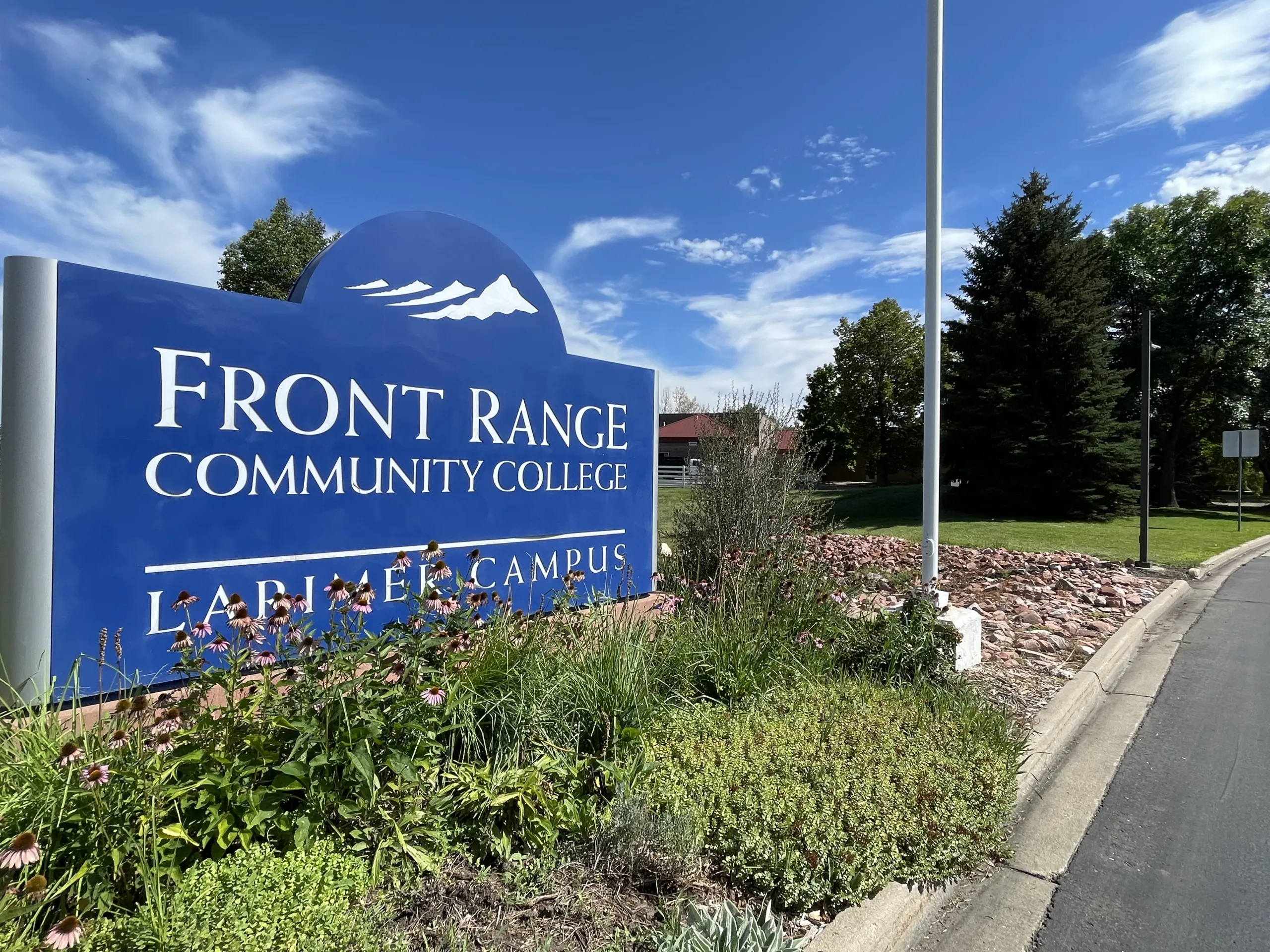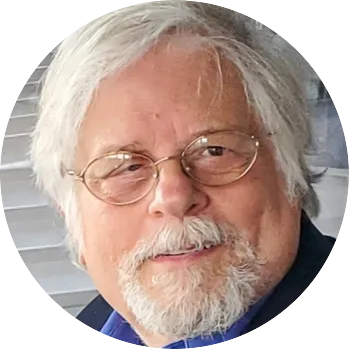Shake up or break up?
Prof says FRCC’s Larimer campus should go its own way, but leaders back a new plan for togetherness

FORT COLLINS — It was once a separate entity. Should it be again?
What is now the Larimer campus of Front Range Community College had been the Larimer County Vocational-Technical Center until it was absorbed into FRCC’s system in 1988, but at least a few professors there now think it’s time the northern outpost declared its independence.
“The Larimer Campus could easily stand on its own,” wrote Jeff Borg in an April 28 op-ed column in the Loveland Reporter-Herald. “With our roughly 11,000 students, we would become the sixth largest of the 13 community colleges in Colorado.”
But as Neil Sedaka sang, “Breaking…
THIS ARTICLE IS FOR SUBSCRIBERS ONLY
Continue reading for less than $3 per week!
Get a month of award-winning local business news, trends and insights
Access award-winning content today!





